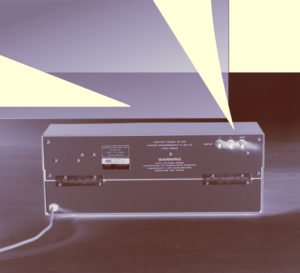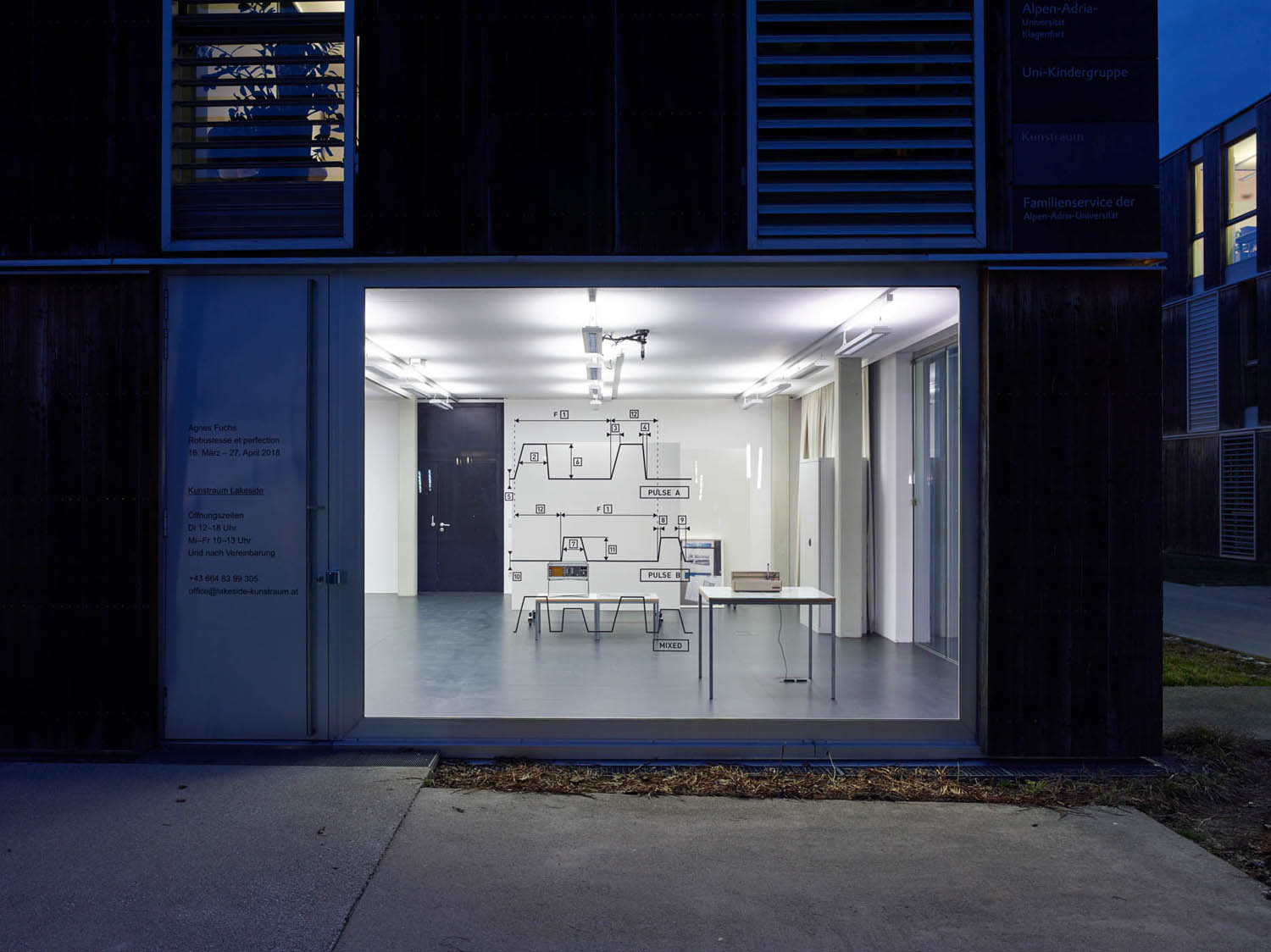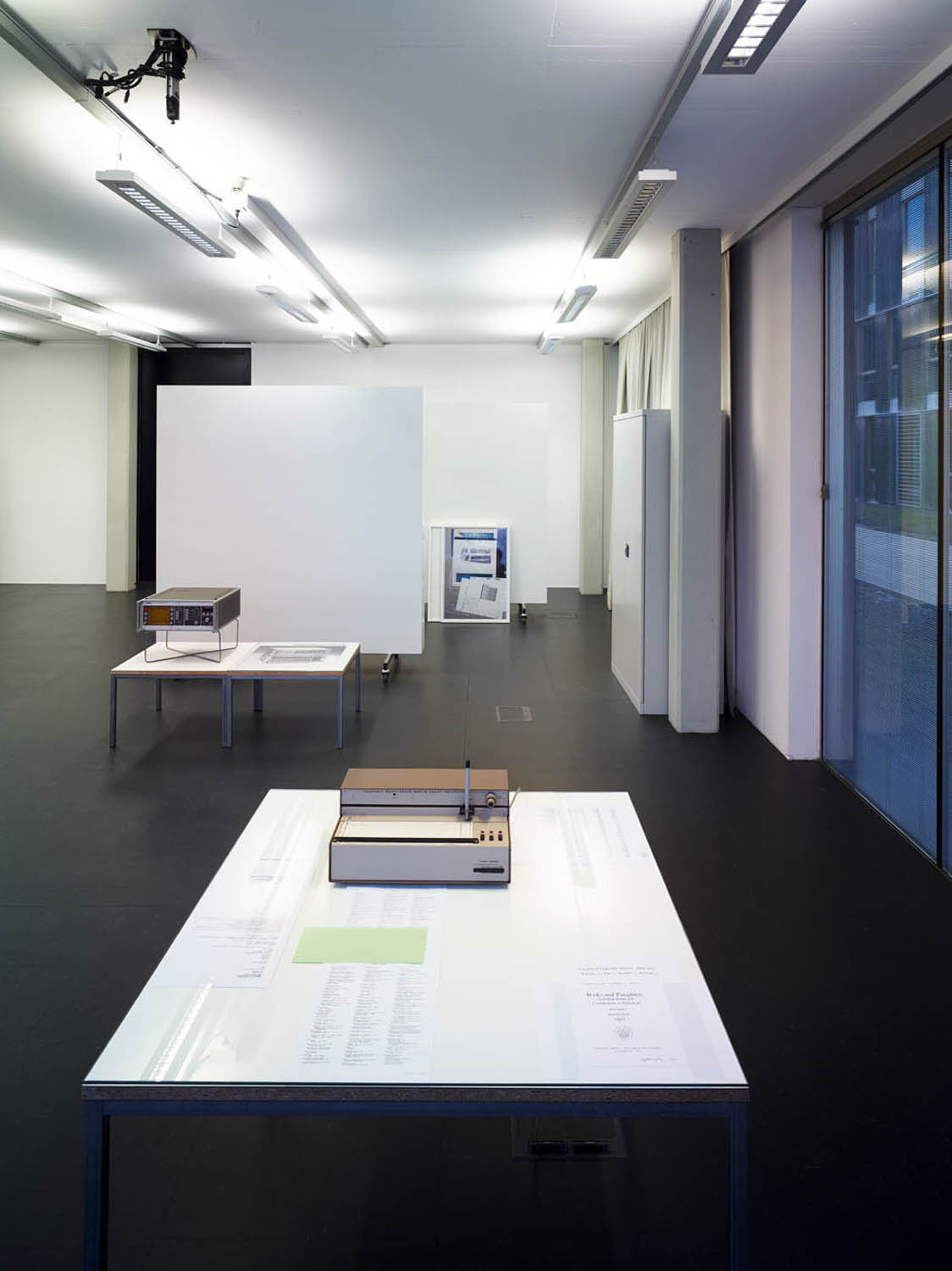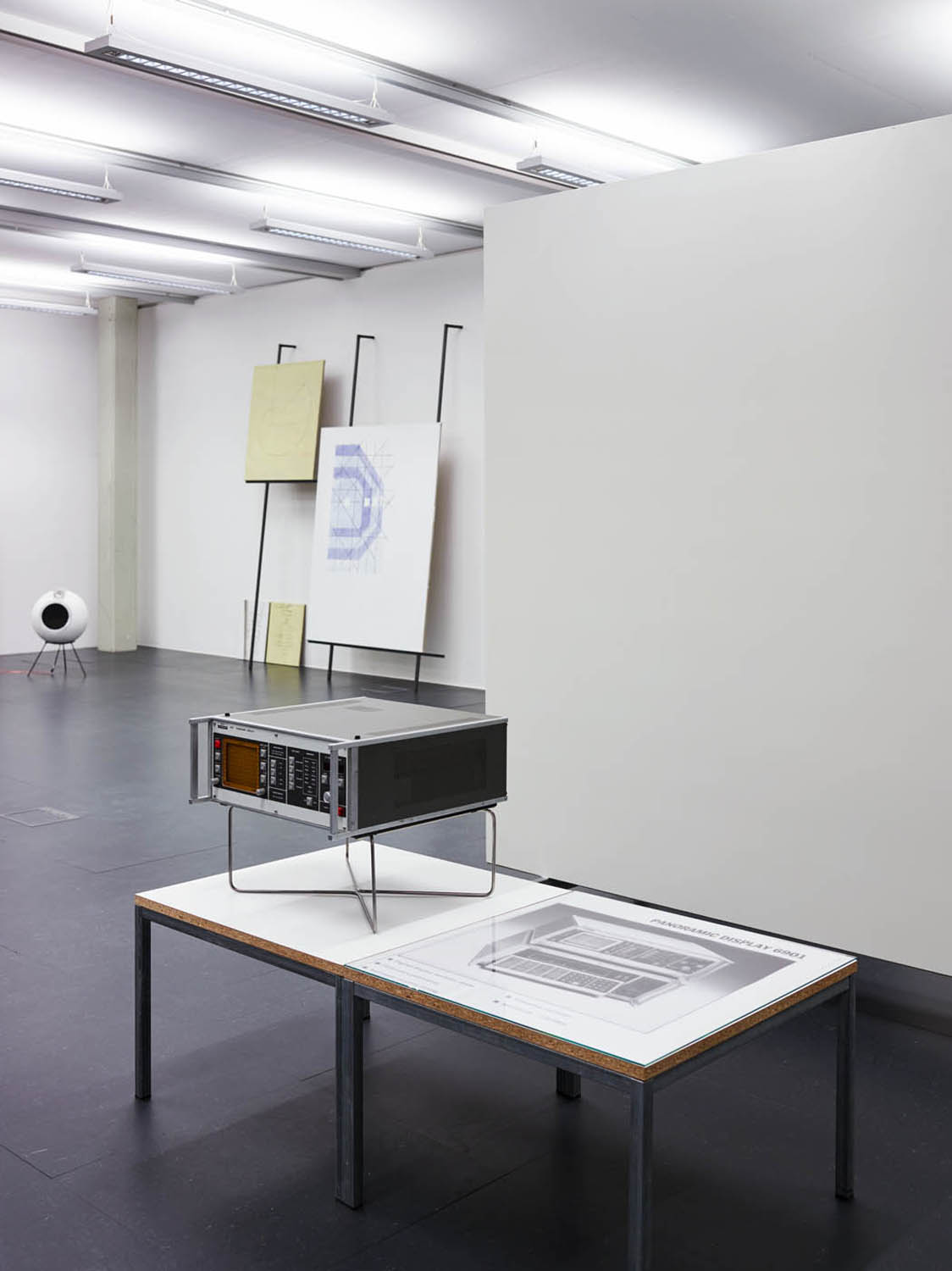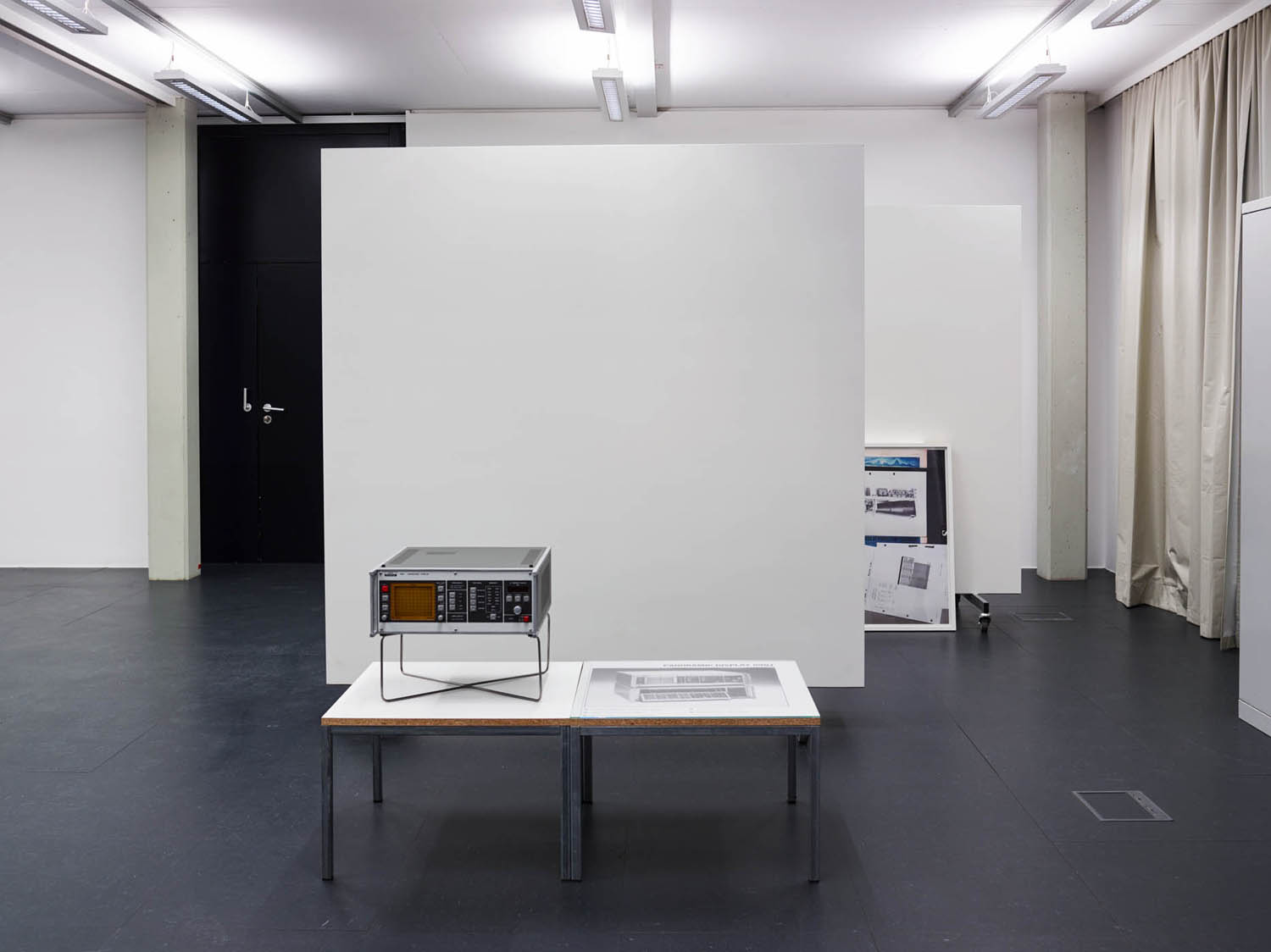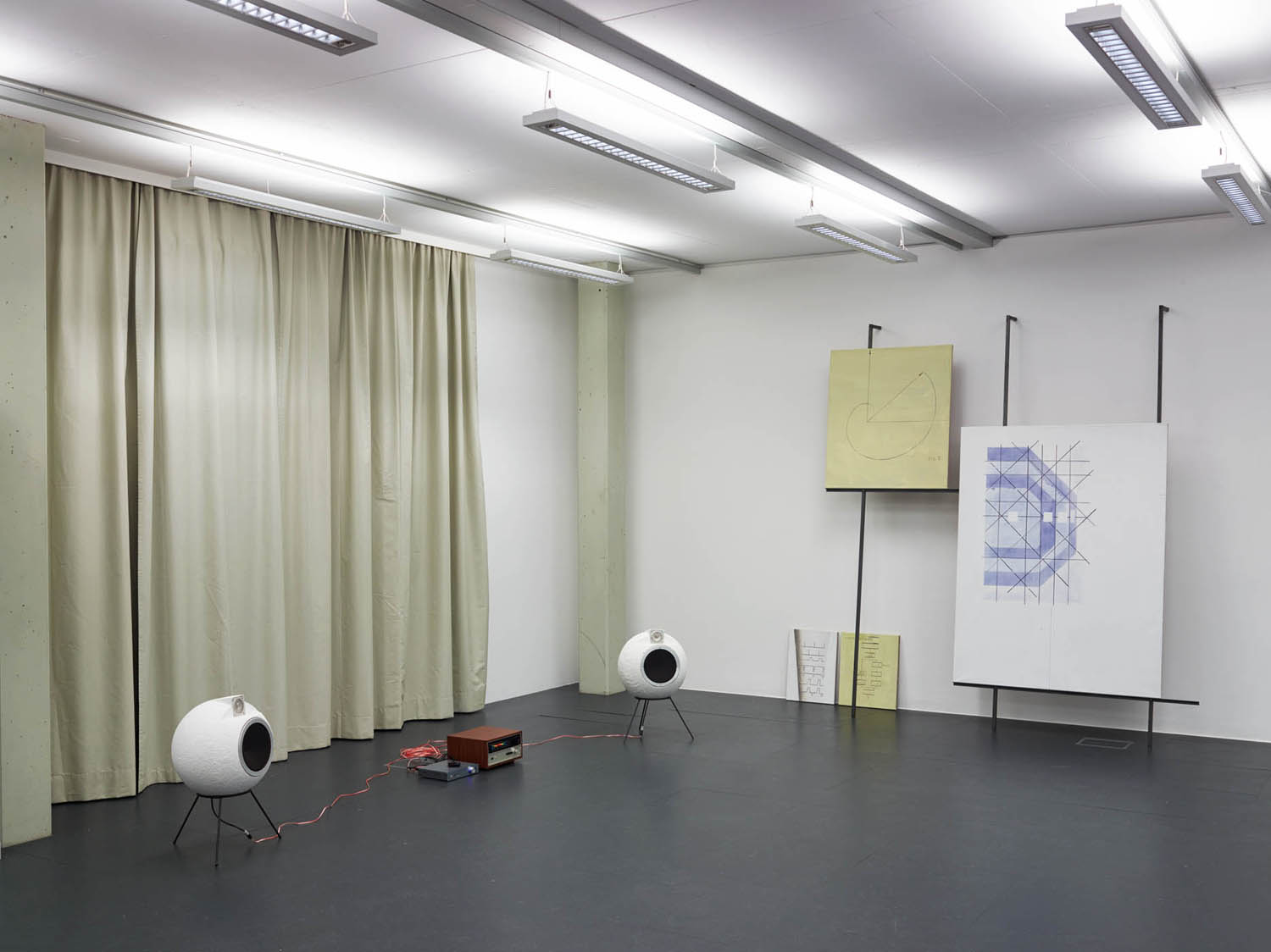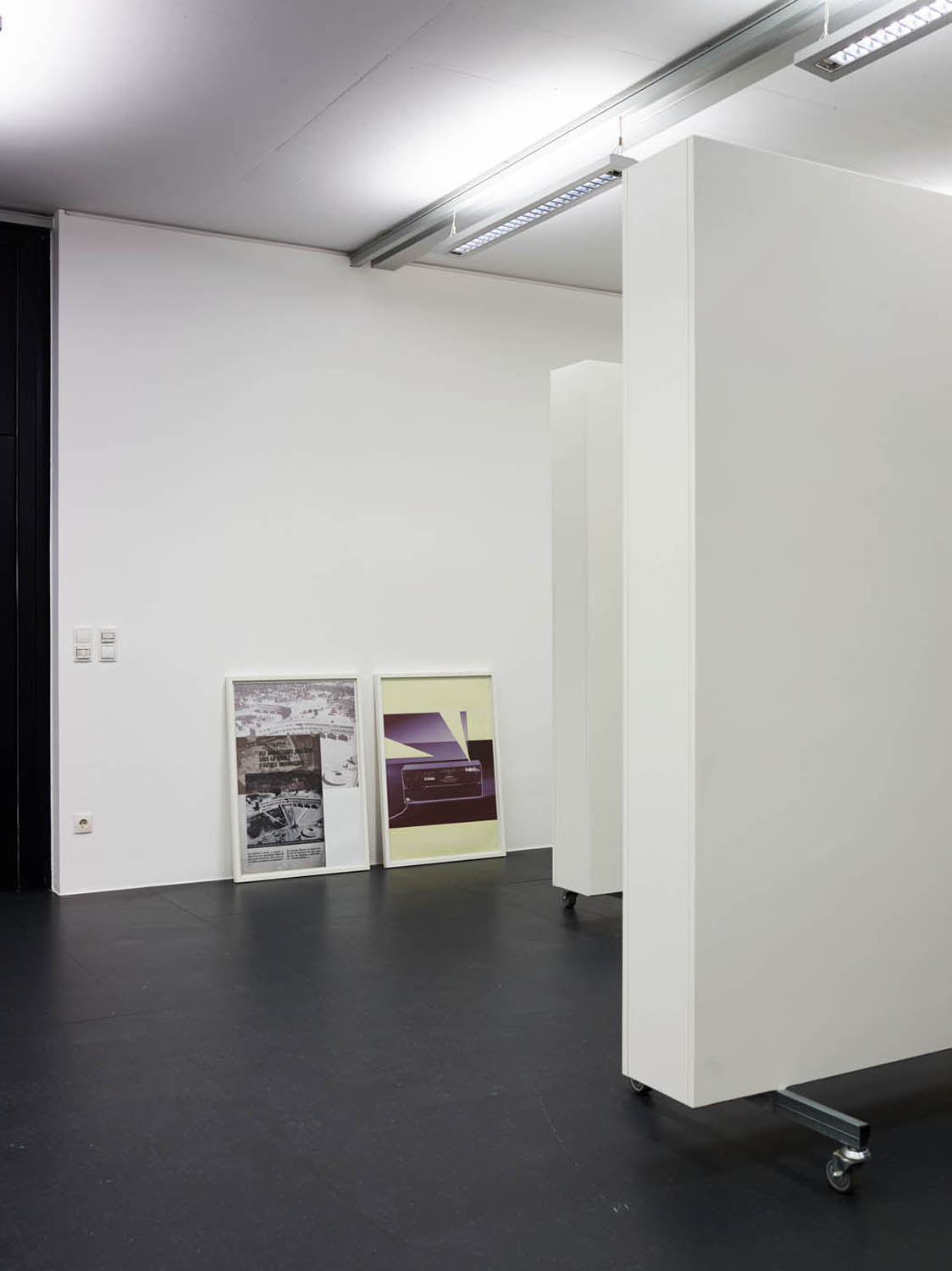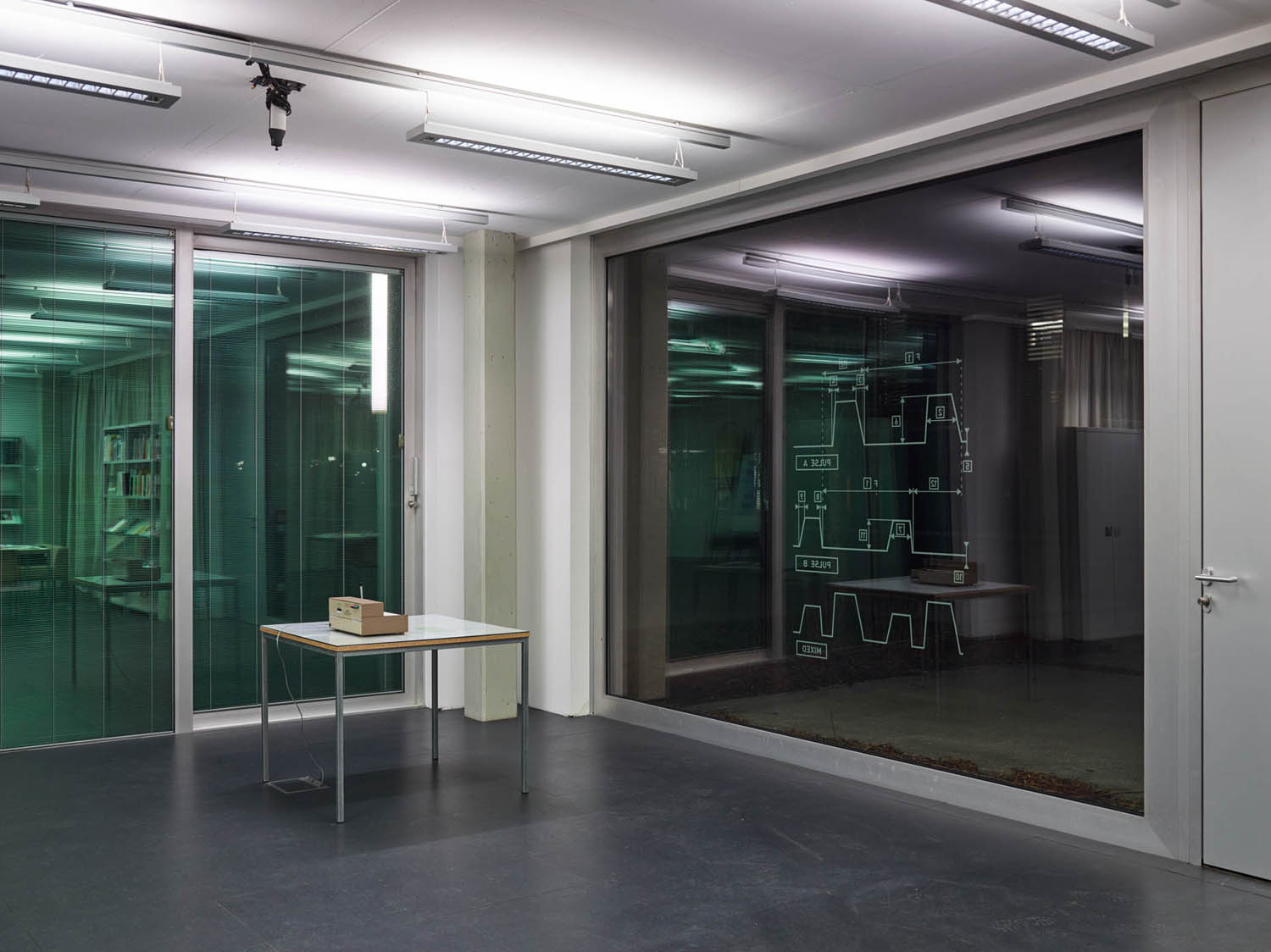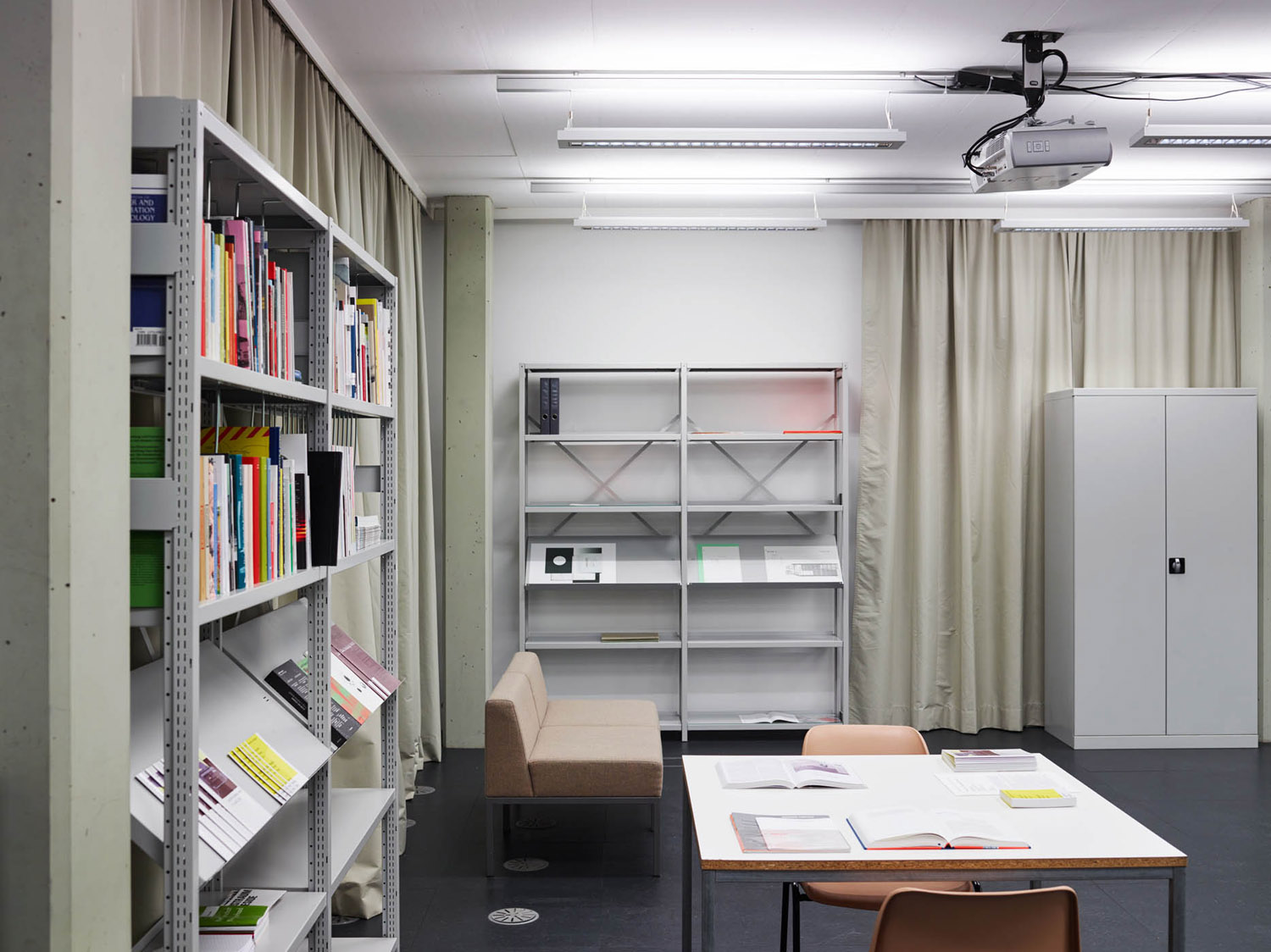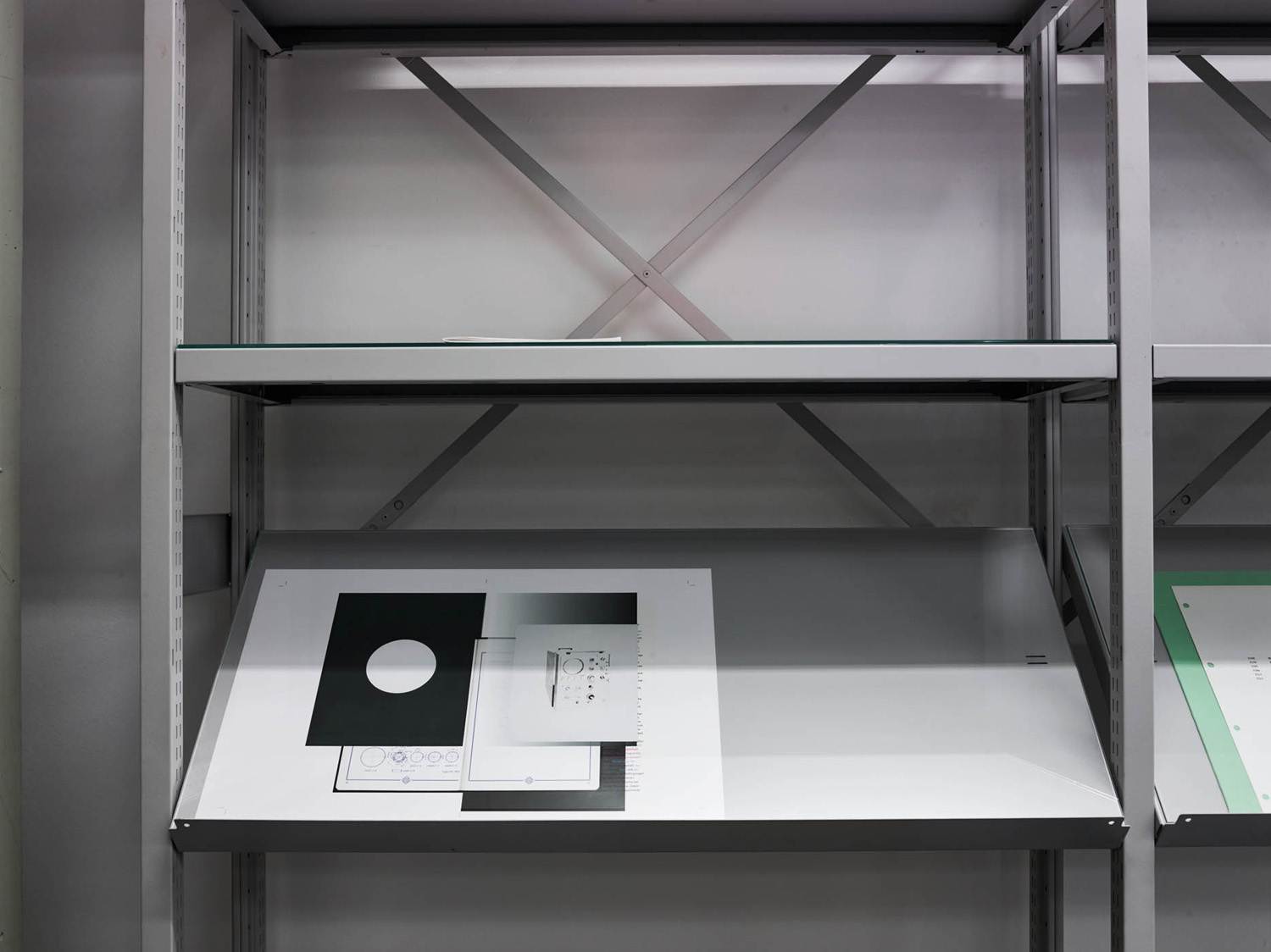Opening, March 15, 2018, 7 pm
Exhibition, March 16 – April 27, 2018
Program of events, April 13, 2018, from 4 pm
The Long Night of Research, Lakeside Park and University of Klagenfurt
In her artistic practice, Agnes Fuchs appropriates a specific historical field and explores the after-images it is still producing today. Using painting, video, and installation, she reactivates on this symbolic level the scientific and technical tools that were responsible for the evolution of current digital technologies. For the exhibition she has conceived for Kunstraum Lakeside for example, titled Robustesse et perfection, Fuchs analyzes the cultural and historical implications of operating instructions, functional descriptions, and manuals for oscilloscopes, computers, power supply devices, and measurement apparatus from the late 1950s to the 1980s. Central to the artist’s work is addressing not only the technological devices themselves but especially how their use is communicated using various media. The constellations of images, texts, and ideas, the logos and names, the visualizations that are involved, for example parts lists, diagrams, test results, or possible ordering systems, all of which Fuchs derives from the printed materials, do not betray clear technological or scientific connotations, but nor are they merely commercial advertising vehicles.
Instead, Fuchs presents to us in Robustesse et perfection a gray area that lies somewhere in between. She explores the broader context of the objects she selects and re-examines their significance under the changed conditions of the 21st century. The targets of her investigation are frequently measuring devices used for system control or signal transmission. On view at Kunstraum Lakeside, for example, is a “Panoramic Display” from a test receiver and a “Servo Chart Recorder,” which records incoming impulses. These devices with their typical design elements are embedded in a context whose aesthetic Fuchs translates into painting, thus putting it up for discussion and subverting it through this change in media. “During specific periods,” says the artist, “certain colors and tonalities prevail in the technical journals: a hammer-blow gray, certain shades of blue… In the layout of the brochures, carefully selected contrasting colors of an extremely high quality are used which are interesting from the perspective of design history. All of these aspects are for me equally important and just as interesting as the functions of the devices.”
If we were to describe Agnes Fuchs’s works from the viewpoint of artistic research, we would say that the artist looks at technology with the gaze of a cultural anthropologist. She drafts a panorama that makes room for widely diverse aspects that the featured devices might suggest, such as the history of design and the use of interfaces and language: “In an artistic system of references, the historicity of these technical objects is highlighted and they are evaluated based more on their cultural or cultural-historical significance than was the case at the time they were developed. I don’t find it particularly satisfactory to consider how these objects and the operations they involve are viewed in a social context. Technology is of course part of the cultural fabric and must be considered and dealt with accordingly—and this led for a long time to polarization and even today shows populist tendencies.”
Although the artist’s methods are oriented on an analogue archive, her works can be situated in terms of both content and aesthetic form in the post-digital age. Agnes Fuchs reveals how the ways in which technologies were once made accessible to us have in the meantime become obsolete, their functions replaced by a very different form of presenting technologies to their users. In the exhibition Robustesse et perfection she investigates the conditions of the post-digital that had their origins in the pre-digital age, illuminating in Lakeside Park—and thus within an art space embedded in a research center—the window of time that marked the transition from the analogue to the digital. By taking a fresh look at what are today simply taken for granted as the functions, appearance, or use of the selected devices, Fuchs pursues a kind of media archeology. In times when technological processes are increasingly being rendered invisible to us, this project is today more relevant than ever.
“The images that are my point of departure also have an aspect of self-representation about them, says Agnes Fuchs regarding the issues of the media image she deals with in her practice: “How does a system present itself at different times? What are the image policies behind the presentation methods? What is shown—and what is not? I don’t explicitly ask these questions, but they are part of my work. What comes to light and how does it come to light, even though it is never actually shown? Who defines the images? What is inside the image, and what remains outside? What happens with images, how they are used, and in what contexts do they circulate? – This is highly topical from a sociopolitical standpoint.”
Agnes Fuchs (b. 1965 in Austria) lives and works in Vienna and Berlin.
www.agnes-fuchs.com
